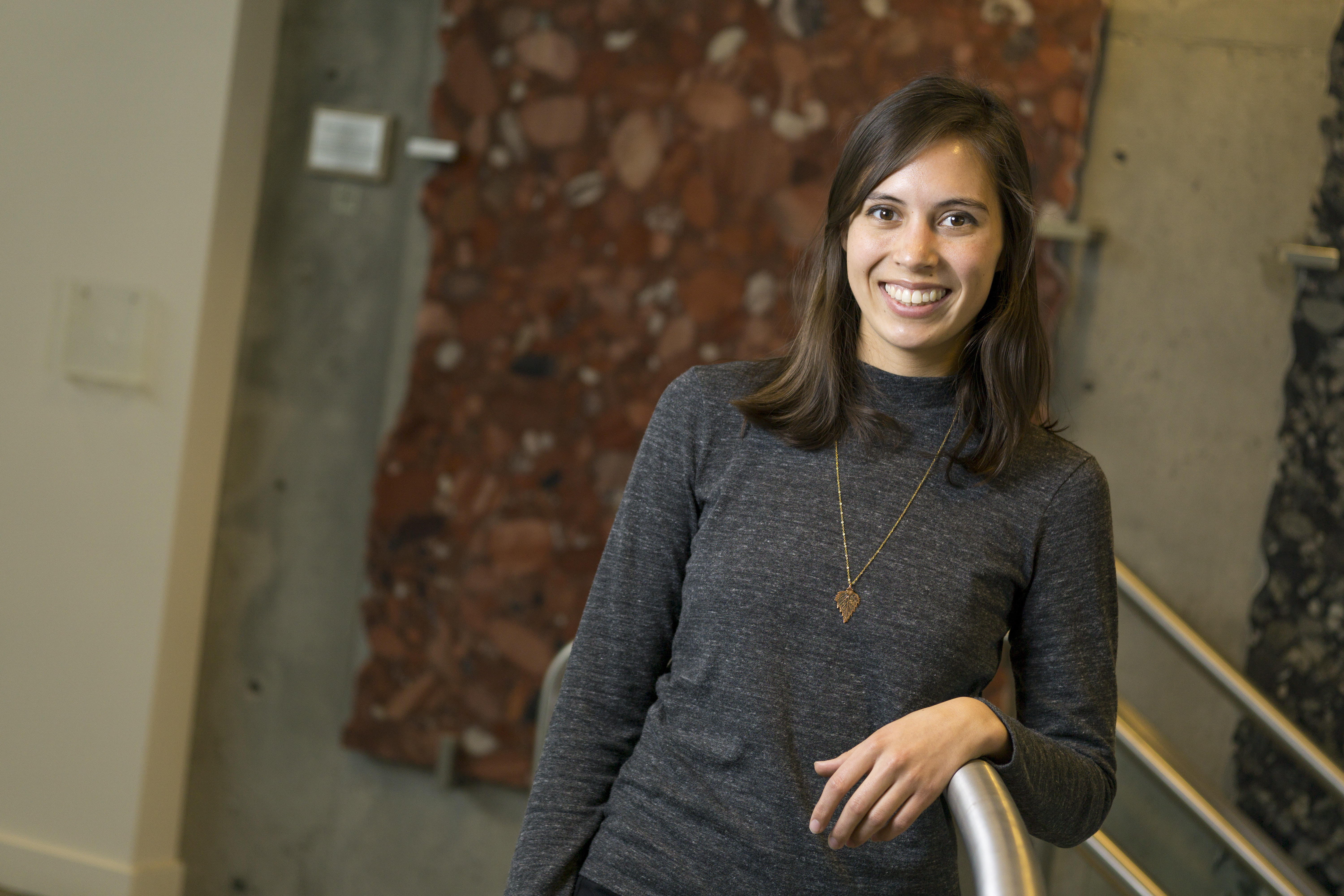

Women don’t peer review papers as often as men, even taking into account the skewed sex ratio in science – but why? In a new Comment in today’s Nature, Jory Lerback at the University of Utah and Brooks Hanson at the American Geophysical Union (AGU) confirmed the same trend in AGU journals, which they argue serve as a good proxy for STEM demographics in the U.S. What’s more, they found the gender discrepancies stemmed from women – of all levels of seniority — receiving fewer invitations to review (both from male and female authors). And when women get their invites, they say “no” more often. We spoke with Lerback and Hanson about what might underlie this trend, and how the scientific community should address it.
Retraction Watch: What made you decide to undertake this project?
Jory Lerback and Brooks Hanson: Marcia McNutt approached AGU about participating in a conference Science/AAAS was organizing on gender issues in peer review in spring of 2016, both in publications and grants, and asked if we might be able to contribute data around scholarly peer review given the large publications effort. This followed other requests by our editors for specific journal statistics. We were a bit skeptical at first, given that separating gender bias from other factors is difficult, and we were not sure we could get the relevant data, but on looking over our membership data, which included both gender and age information for most members, we became more interested. The process of matching the demographics between the databases opened the doors to look at authorship across AGU journals.
Gender equality and wage gaps, especially in STEM, have been a concern for decades, and these and other data we now have available present great opportunities to do some self-assessment. We hope that publishing the results creates a broader awareness of some of these issues and broader discussion of even some subtle but persistent effects, and sense of social accountability.
RW: Were you surprised by any of your findings?
JL and BH: Two findings surprised us, in particular, and show the importance of considering age as well. The first was that women first authors had a higher accept rate and that this was so robust across age and author group size. This was surprising in part as earlier studies found that there is either no difference or that women had lower acceptance rates. The second was that we thought that women might be recommended less than men as reviewers, but expected this to be largely age-related, in that editors would be selecting more experienced (i.e., older) scientists to review, which are more predominantly male. But the bias in breaking this out by age group was larger than we expected. That women declined more when asked to review in each age group was also a bit of a surprise.
RW: You note a slightly higher acceptance rate for papers with women first authors versus men (61% compared with 57%). Why do you suspect that is?
JL and BH: While only speculation, the difference may be that women are more conservative and are taking less risks in their submissions, and/or expect more criticism or higher barriers than their male colleagues when trying to publish and are thus preparing papers more carefully. In this mindset, as other research has shown, they may try to check all possible angles and put more effort into each manuscript before submitting. Women also submitted fewer manuscripts per person, and this may support this notion. Some articles have suggested that women only apply for jobs when they are 100% qualified, whereas men apply even when they don’t meet all of the job description requirements — one can see the parallels in submitting a paper for publication. Also, as we don’t have information on relative quality, it could be that the acceptance rate should be even higher. We added a suggestion to the paper, based on a review, that the higher acceptance rate could be evidence of reverse discrimination, but we would argue that the lower submission rates are more consistent of the above effect predominating.
RW: You note that other researchers have looked at women’s participation in peer review, but haven’t considered the age of women — an important factor, given that more women are entering science now than previously. Still, how do your findings compare to what others have shown?
JL and BH: Accounting for age differences gives us an opportunity to explore this in more details than other studies. Because men dominate the older age groups more than the younger ones, it is possible that the overall data would show a large gender gap favoring men, even though the gender ratios are greatly improving for younger scholars. We saw the opposite effect with the reviewer invitation decline rates. Overall, there was no differences in decline rate because the decline rate for both men and women increase with age, and the overall pool of male reviewers is older (or more older men are asked to review). Breaking this down by age paints a more nuanced picture because women decline slightly more often than men of the same age, but younger reviewers overall (of which women are a larger proportion of) decline less often than older ones, which is why we see no gender differences all together.
RW: What are the most important steps the community can take to address this bias in peer review?
JL and BH: As we note, participating in peer review is important for career development, and also for bringing broad perspectives to science evaluation. Small effects in networking opportunities can be magnified over the course of a career. We hope that first, presenting these results will increase awareness of these issues. Improvement depends on editors, authors, and reviewers (in responding to requests).
We hope that other funders, publishers, and organizations can examine their own data or begin to collect this information going forward. It is important to see this as an opportunity for growth, and to try to understand that the social atmosphere that creates this sort of opportunity gap may create gaps for other underrepresented groups as well.
Like Retraction Watch? Consider making a tax-deductible contribution to support our growth. You can also follow us on Twitter, like us on Facebook, add us to your RSS reader, sign up on our homepage for an email every time there’s a new post, or subscribe to our daily digest. Click here to review our Comments Policy. For a sneak peek at what we’re working on, click here.
When you say no you tend not to be asked the next time.
That’s (at least superficially) plausible. Is there evidence for it? I know various editors have commented here from time to time; perhaps they could weigh in. Or of course there might have been a study.
The 100% perfect and conservativeness of women argument is also up to test. It will be great if RW conducts an analysis on retraction trends by Gender. If women first authors are more careful, as this interview states, then there shouldn’t be many retractions from women first authors compared to men.
Not sure where anyone made a “100% perfect and conservativeness of women argument,” but the analysis you’re suggesting has already been done: http://retractionwatch.com/2013/01/22/are-men-more-likely-to-commit-scientific-misconduct/